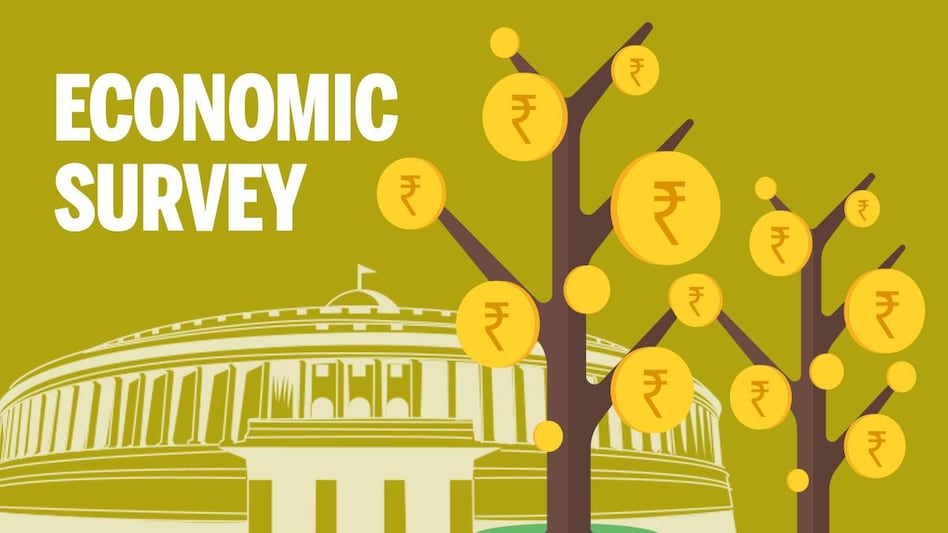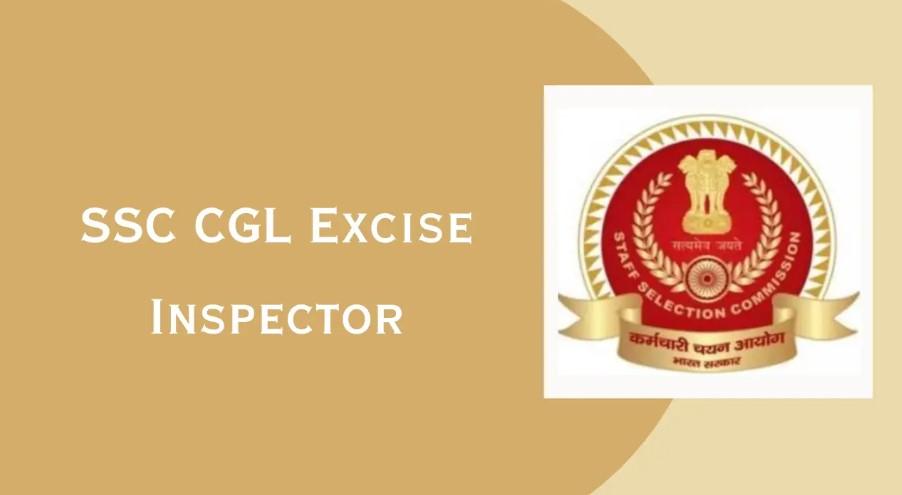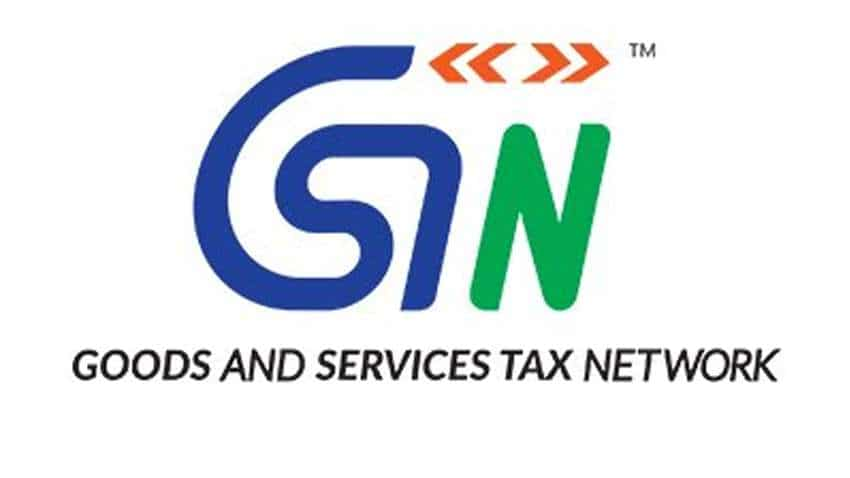GSTN DRC-01C recently enabled

Introduction
Goods and Services Tax Network (GSTN) has recently enabled Form DRC-01C, which is an intimation of difference in input tax credit (ITC) available in auto-generated statement containing the details of ITC and that availed in return. This is a significant development, as it is expected to help taxpayers to identify and correct any discrepancies in their ITC claims.
What is Form DRC-01C?
Form DRC-01C is a pre-SCN intimation that is issued by the tax officer to the taxpayer. It contains the details of the difference in the ITC that is available in the auto-generated statement and the ITC that the taxpayer has claimed in their return. The taxpayer is given an opportunity to respond to the intimation and provide any clarification or explanation that they may have.
How is Form DRC-01C different from SCN?
An SCN is a formal notice that is issued by the tax officer to the taxpayer after the tax officer has completed their investigations and is confident that the taxpayer has violated the GST laws. The taxpayer is required to respond to the SCN and show cause why the tax, interest, and penalty should not be imposed.
On the other hand, Form DRC-01C is a pre-SCN intimation that is issued by the tax officer to the taxpayer to give them an opportunity to clarify their position before the tax officer issues an SCN. This is a significant difference, as it gives the taxpayer a chance to avoid the litigation process altogether by correcting any discrepancies in their ITC claims.

Benefits of Form DRC-01C
Form DRC-01C is expected to have a number of benefits for both taxpayers and the government:
- Reduced litigation: Form DRC-01C is expected to reduce litigation by giving taxpayers an opportunity to identify and correct any discrepancies in their ITC claims before the tax officer issues an SCN. This will save time and money for both taxpayers and the government.
- Improved taxpayer experience: Form DRC-01C is a more transparent and taxpayer-friendly process than the SCN process. It gives taxpayers an early opportunity to know about any discrepancies in their ITC claims and take corrective action. This allows taxpayers to avoid any surprises and ensure that they are in compliance with the GST laws.
- Increased tax revenue: Form DRC-01C is expected to increase tax revenue by helping taxpayers to identify and correct any discrepancies in their ITC claims. This is because taxpayers are more likely to pay the tax that is due from them if they are aware of any discrepancies in their ITC claims.
How to respond to Form DRC-01C?
If you receive Form DRC-01C, you should carefully review the intimation and respond to the tax officer within the specified time period. You can respond to the intimation in any of the following ways:
- Agree with the intimation: If you agree with the intimation, you can pay the tax that is due from you. This will avoid the SCN process and save you time and money.
- Disagree with the intimation: If you disagree with the intimation, you can provide any clarification or explanation that you may have to the tax officer. The tax officer will then review your response and decide whether to issue an SCN or not.
- Seek professional advice: If you are unsure about how to respond to the intimation, you can seek professional advice from a tax consultant or chartered accountant.
Conclusion

Form DRC-01C is a significant development in the GST regime. It is expected to reduce litigation, improve the taxpayer experience, and increase tax revenue. If you receive Form DRC-01C, you should carefully review the intimation and respond to the tax officer within the specified time period.
Additional Information
Here is some additional information about Form DRC-01C:
- Form DRC-01C is issued by the tax officer to the taxpayer before the tax officer issues an SCN.
- Form DRC-01C contains the details of the difference in the ITC that is available in the auto-generated statement and the ITC that the taxpayer has claimed in their return.
- The taxpayer is given an opportunity to respond to the intimation and provide any clarification or explanation that they may have.
- If the taxpayer agrees with the intimation, they can pay the tax that is due from them. This will avoid the SCN process and save them time and money.
- If the taxpayer disagrees with the intimation, they can provide any clarification or explanation that they may have to the tax officer. The tax officer will then review their response and decide whether to issue an SCN or not.
- If the taxpayer is unsure about how to respond to the intimation, they can seek professional advice from a tax consultant or chartered accountant.
Form DRC-01C is a welcome














